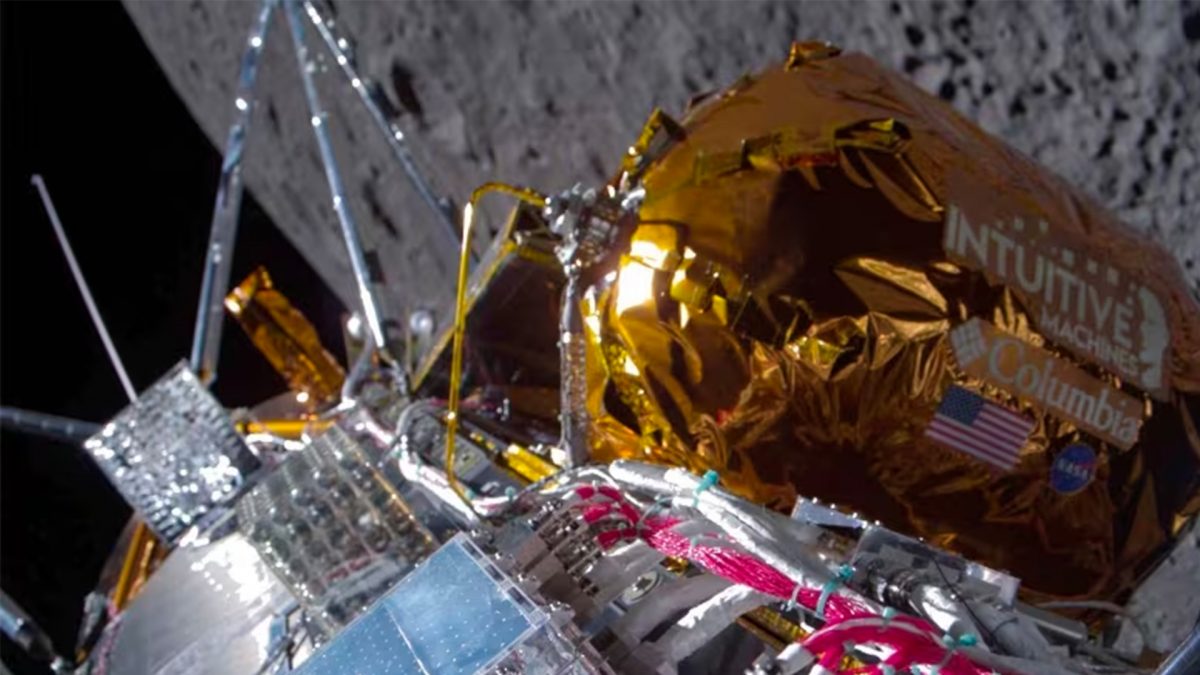Nasa’s Mars Reconnaissance Orbiter (MRO) has beamed back images of the windblown sand dunes of the Ganges Chasma. The Ganges Chasma is a deep canyon at the eastern end of the Valles Marineris, one of the largest canyon systems in the solar system.
The dark sands are covering the intricate sedimentary rock layers, highlighting the layers at times. The dark coloration is because the sand is rich in iron and magnesium, unlike the silica rich sand on the beaches and deserts of Earth.
The Mars Reconnaissance Orbiter has been observing the red planet since 2006, and has progressed human understanding of Mars with a number of new discoveries . The MRO has discovered clay minerals, found icy water on the poles and flowing, salty water. The studies of Mars by the MRO were instrumental in the Reconnaissance rover mission. The MRO also found evidence of carbon dioxide frost , which disappears overnight in the dusty regions of Mars.
When the Schiaparelli spacecraft by the European Space Agency crash landed onto the surface of the planet because of a glitch in the navigation system , it was the MRO that confirmed the crash by capturing images from orbit. The MRO is being used to scout for potential landing sites for pioneering manned missions to Mars . Isro’s Mangalyaan mission continues to be in orbit around Mars, well after its intended mission duration.
)
)
)
)
)